Life in San Francisco, Pitching LinkedIn’s Founder, and Building AI Teddy Bears
It's always been my dream to go to Silicon Valley, and now I'm close to actually living there. The last 2 months were filled with unique experiences, building new projects, and uncovering life.
My goal with this newsletter is to give you the top insights from my life.
I’m a 16-year-old obsessed with maximizing human potential. I’ve built products with thousands of sign ups that went viral with millions of views, specifically in education, and I’m now building AI teddy bears to unleash children’s curiosities.
This issue includes:
Skipping school for a week to visit SF and Stanford
$0 to nearly signing $200k in orders in a month for a marketplace connecting nuclear fusion companies and their suppliers, then shutting down
Emergent Venture’s “Unconference” in Washington and my take on manufacturing luck
Visiting Buildspace, LinkedIn’s HQ, etc
Pitching LinkedIn’s founder the product I designed for LinkedIn
17 Takeaways from Meeting Tesla’s Former CEO
Speaking at World Summit AI—and 3 lessons from building an AI product people love
Building AI teddy bears to unleash children’s curiosities
$0 to Nearly Signing $200K Orders in a Month, and Then Shutting Down
Went to a hackathon at Upper Canada College—we spoke to Harry Ghandi from the 1517 Fund during lunch there and he offered us a $1k grant.
A few weeks later, Rayan and I fly out to SF to try to make this real.
We meet Marathon Fusion’s CTO who loves the idea and is willing to mentor us to make it real. He says every time he buys a part for his lab from eBay, there’s around a 20% chance the part doesn’t work at all. He’s wasted thousands of dollars on faulty parts—which is a lot of money for a new fusion startup.
We’re excited. We talk to a bunch more fusion companies to make this real. But when we start talking to the bigger companies, we realize they don’t need this at all.
Even if you can do everything required to execute on an idea by yourself, there’s a lot of value in working closely with other talented and driven people. I have never worked so fast and hard in my life, and Rayan can attest to the same.
With the number of fusion companies already so low (only ~43 private fusion companies), limiting ourselves to only the small ones is too low of a TAM and our idea isn’t venture scalable.
That was one wild month.
Excitement blinds rationality. You’ll often be excited when you’re building something you’re bullish on, so make sure to check in with yourself frequently (and have mentors/friends check in as well) to make sure you’re on the right path.
Emergent Venture’s “Unconference” in Washington and Manufacturing Luck
I’m super grateful to Tyler Cowen for supporting me with an Emergent Ventures grant to fund my work in AI x education. Emergent Ventures runs an annual conference—called Unconference—for grantees in Washington.
Unlike typical conferences where the schedule’s packed with speakers, Unconference us create the conference on our own, with one whiteboard and hundreds of sticky notes.
Just take a sticky note, write your discussion idea, and stick it on the schedule with a time slot and location.
From early morning runs, to philosophical conversations in the hotel lobby that went up to 2:34 AM, I came out from the experience with many new friends and unique perspectives about the world. The array of grantees I got to meet from around the world included deep tech scientists, an investor in Elon Musk’s new AI company, and a 17-year-old moving to SF to build his robotics company full-time. It was refreshing, emerging, and had an imaginable amount of learning per time spent.
You can manufacture luck by planning to be in the right place at the right time. The amount of value in such luck is especially convincing when you’re young, ambitious, and naive, as being in “the right place” will often mean being around smart people and having smart conversations that help shape your naive-by-default worldview. People often open up in unalike and interesting ways when it gets late, so I stayed up to manufacture luck and be in the right place at the right time. It ended up paying off, and I learned things I wouldn’t have learned otherwise.
What I Learned From My First Week in San Francisco
With only 5 nights in San Francisco, I wanted to make the most of it. Weeks of planning paid off. Here’s a quick recap:
note to self — view ur text to Nadeem about ur insights
Visited the buildspace campus and met
!
Buildspace is the program that helped me ship my first product—an AI chrome extension that got 600+ downloads.
Meeting Buildspace’s founder Farza and the rest of the team, as well as just seeing their SF campus in-person was heartwarming. These guys are changing the world, helping people discover the joy of creation.
Presenting to a LinkedIn VP at LinkedIn’s HQ
Got invited to LinkedIn’s HQ in SF to present the product I designed for LinkedIn to Scott Roberts, VP and Head of Business Development. Scott’s an amazing guy and joined LinkedIn when there were only ~200 employees and just a couple million dollars in revenue. Fast forward a few years, LinkedIn gets acquired by Microsoft for $26B and now has 18,000+ employees. Scott’s also an investor in 15+ companies including Oura.
Scott intro’d us to Allen Blue, a co-founder of LinkedIn, who gave us great advice too!
People like Scott get cold emails all the time. We landed this meeting because we followed up and reached out to plenty of other people. If you’re not getting responses, sometimes it’s because. You’re one cold email away from changing your life forever. You should expect to follow up multiple times.
Replit’s Annual Dev Day
I emailed Paul Graham before my trip to get his advice, and he intro’d me to Replit’s CEO Amjad Masad who invited me to Replit’s annual dev day. Got to see how Replit’s accelerating the future of programming and powering the next billion programmers.
Emit a high-signal. My email to Paul was only a few sentences long, and densely packed with the most high-signal information about my aspirations and I.
Pitched VCs on our marketplace idea at Stanford.
During this time, I was also often at Stanford for the Stanford ASES Summit—a conference I helped organize for international student entrepreneurs.
I met amazing people at the summit, like the guy who Elon Musk admits saved Tesla.
His name is Michael Marks. He’s a former Tesla CEO and now runs Celesta Capital.
17 Takeaways From Meeting Tesla’s Former CEO
Here’s everything I learned from him (if you want to skip the takeaways just scroll to the next headline):
1. Entrepreneurs tremendously overestimate their market size. If you’re building fall detection technology for seniors, your market size isn’t the ~$43B market size for all global senior care technologies. You need to be more specific about the exact market your ICP falls under. Don’t fool yourself.
2. Entrepreneurs also overestimate how much of the market they’ll get, and how much it’ll cost to get it.
3. It doesn’t matter where you work, it matters if you’re learning stuff.
4. You can have ten years of experience, or one year of experience ten times.
5. While reading your pitch deck, investors are asking themselves “how do I know this is going to work?”
6. At the beginning of your company, you should be pitching a smaller segment you can dominate VS a massive segment with huge players.
7. Never put bad news in writing. Don’t fire someone with an email.
8. When you’re raising, you need to focus on solving for capital, not solving for a valuation.
9. Michael gets too many pitches that rely too much on how great the management team is. A great management team doesn’t guarantee success.
10. When new disruptive technology comes out (for example LLMs) look into reimagining large applications that aren’t using that technology.
11. When raising, make sure you clearly define what success looks like for the next stage.
12. Big visions are nice but they should be meaningful and graspable when pitching. “I don’t pay attention to next-five-years goals because business always changes. I’m more interested in what I’ll get in the next six months.” -Michael
13. Define a benchmark as what’s not in the market.
14. Too many entrepreneurs underestimate the competitive response to what they’ll build. You can’t pitch a VC through saying by 2025 you’ll build technology 100x better than NVIDIA’s, because you need to understand where NVIDIA will be by 2025 for that to actually matter.
15. You need to compare what you’ll accomplish in X years to what your competitors will accomplish in X years to see if you’ll actually have an edge in X years.
16. After raising, live everyday in fear of running out of money.
17. If an investor says they need time to figure out a deal with you, ask if there’s a price at which they’d invest at.
Speaking at World Summit AI—and 3 Lessons From Building an AI Product People Love
For months, I was building an AI-powered study prep tool for high school students. I’ve been on hiatus with it for the last few months to make time for projects I was more curious about, but most of our beta users still pay for it monthly (~$36 MRR)!
It’s not much, but getting your first monthly recurring revenue on a SaaS product is awesome. It’s one thing to build something, and another thing to build something people want—and are willing to pay for.
At World Summit AI, I spoke about everything I learned through building AI x education software products. I’ve built at least 3 different products in this space and continuously pivoted until building something students love.
Here were my top 3 lessons for building an AI product people would pay for—and their respective slides from my presentation:
Ideas are overrated. Test and pivot fast.
If ideas were so valuable, there would be a marketplace for them.
If a startup’s “idea” isn’t evolving overtime, they’re doing something wrong, because there’s constantly more to learn about your customers. Products are iterative—and the products that iterate the fastest often succeed the most.
I find that people often stagnate instead of iterate because they fall in love with their idea. You can prevent this through self-awareness.
Don’t have ideas—have theories. It’s easier to fall in love with an idea, and theories are supposed to be tested and often fail.
Don’t start with the AI.
NFX published an article called “The AI Startup Litmus Test” to help evaluate AI startups. This question they asked stood out to me:
If you took out references to AI in your pitch deck, is this still a good business?
AI isn’t a product, it’s a tool to 10x the status quo of products.
At Aceflow, I came up with ideas by first diving into learning science research. Then, I figured out how AI could accelerate the application of that research.
UX matters and the bar is high.
Reid Hoffman, co-founder of LinkedIn said “if you're not embarrassed by the first version of your product, you've launched too late.”
I think he was absolutely right back then (LinkedIn was founded in 2003) but times have changed. The bar for design is high, especially in consumer software.
Part of the reason you want to ship fast is to get feedback fast. But if you knowingly ship a product with a bunch of bugs and poor UX, much of your user feedback will be useless, as it’ll be about bugs you already know about—which will probably be a lot more prominent and distracting to users than potential changes that improve the product’s perceived value you can actually learn from.
Building AI Teddy Bears That Unleash Children’s Curiosities
I’ve been building AI x education products for the last 2 years, but I’ve never been this excited about building something in my life.
Here’s the rundown:
Kids: Curious by nature, but the world puts them in a box. Young kids ask thousands of questions a day, but parents can be busy and subconsciously neglect their child’s curiosities. We’re losing global human potential by turning a blind eye to the inner genius of every child.
Parents: They want to teach their kids skills that actually prepare them for the future, without the “risk” of putting them in an alternative education program instead of regular school. Parents also want a way to engage and education their kids without addicting them to screens (no one actually wants to raise an iPad kid).
Been working on this for a few weeks. Made revenue from a couple pre-orders and shipping our first AI teddy bear this month! Here’s a glimpse at the future of early childhood education:
Other news:
$1000 grant from Ingenious+ for Aceflow
Joining BenchSci next month to work on LLMs for productivity
Building a ML course for high school students with Designing Schools
Helped a venture studio with a new idea they’re piloting and might officially join them—more info next month!
My ask to you!
My ask:
Know anyone obsessed with alternative education? Or people at startup accelerators/incubators focused on human potential? Would love an intro!
See you next month,
Krishiv

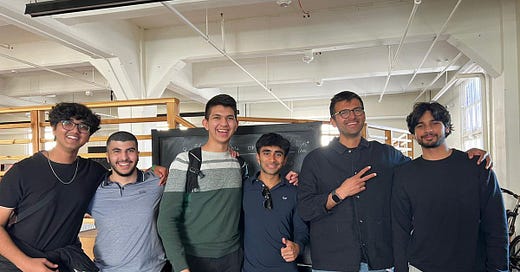


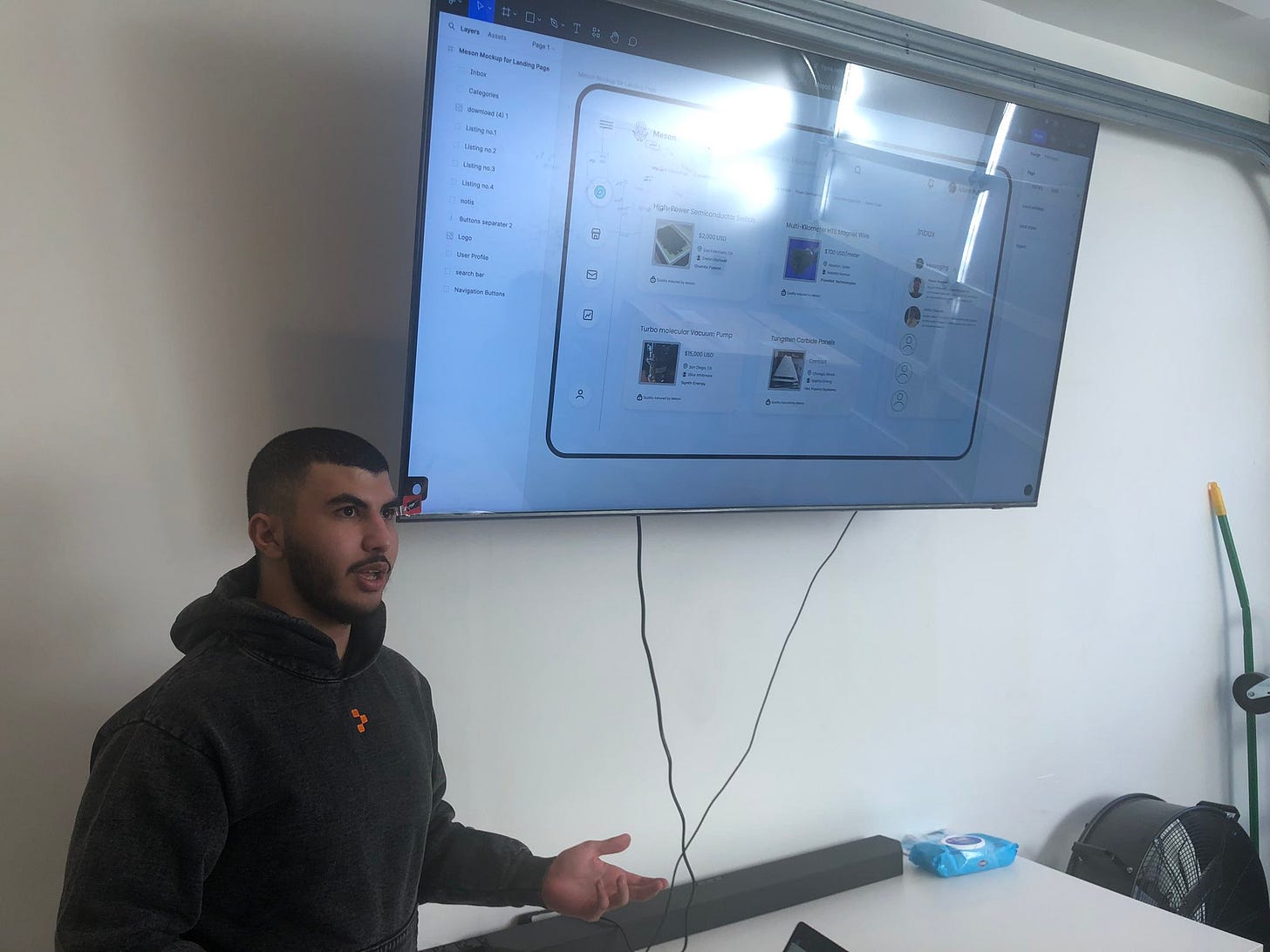

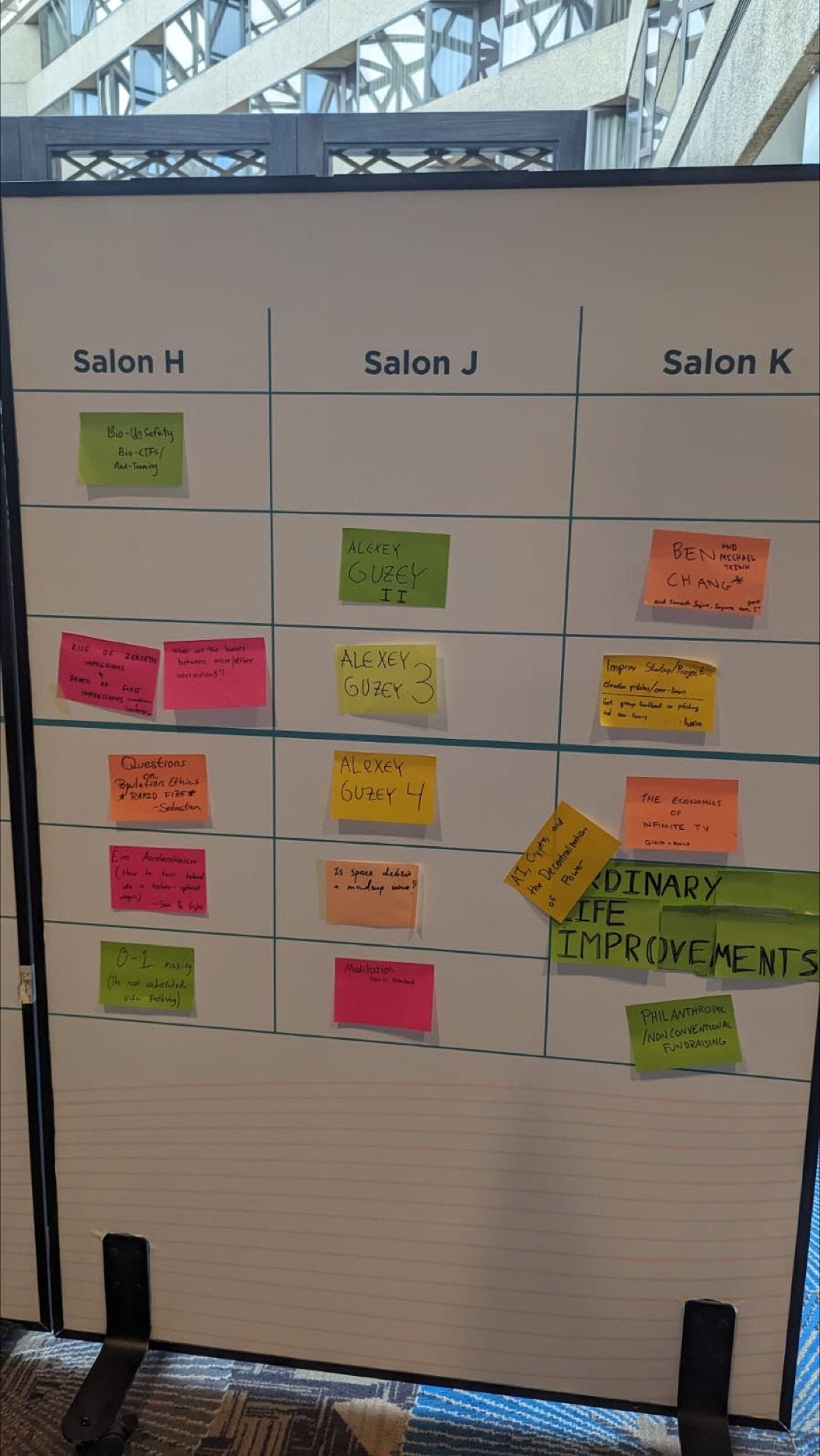

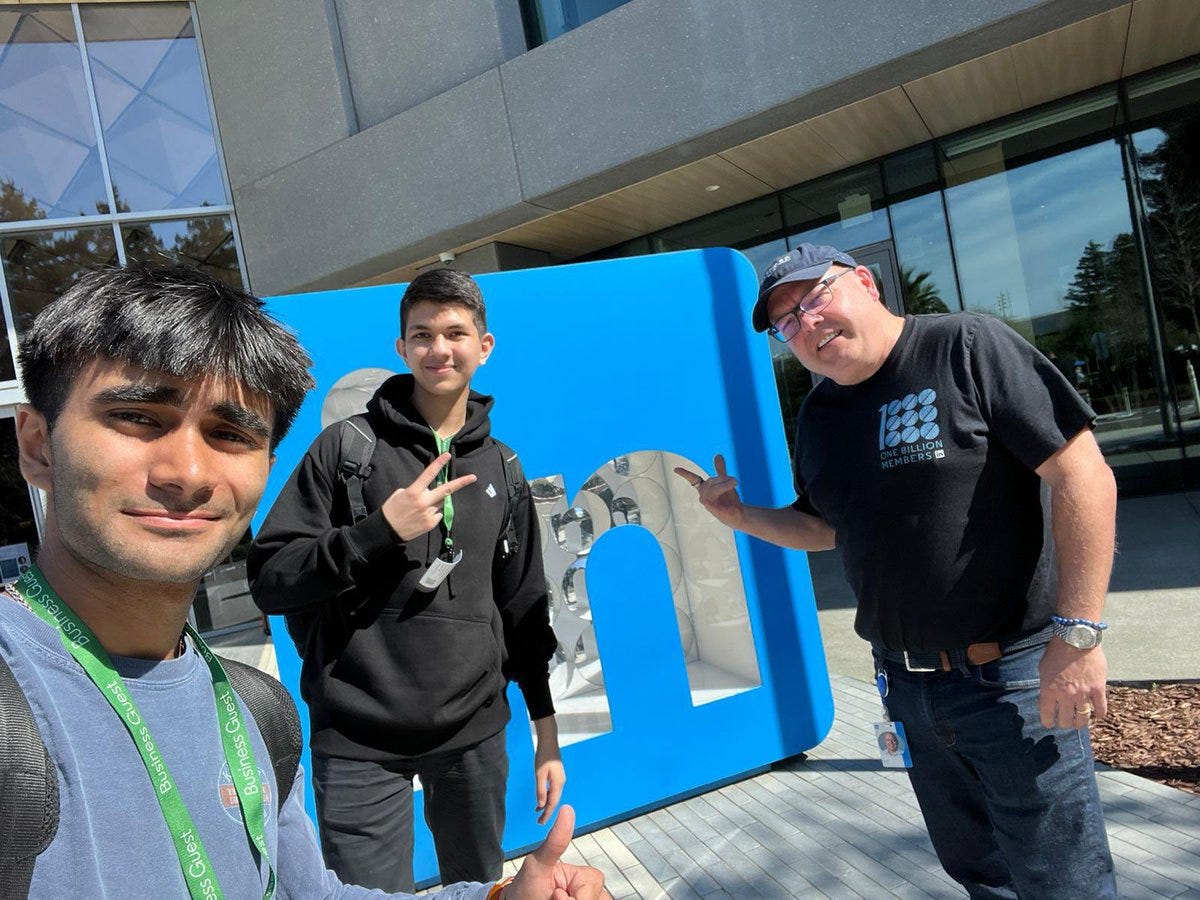

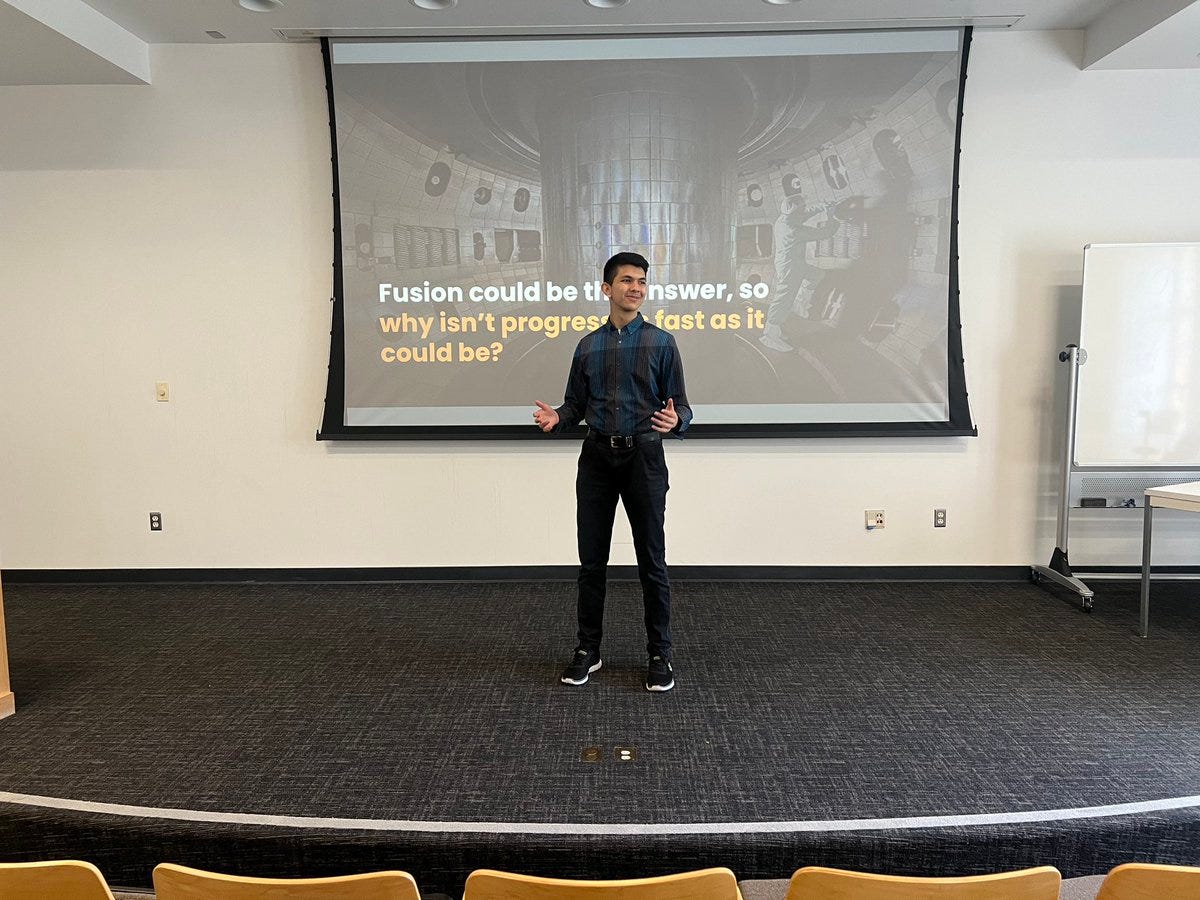
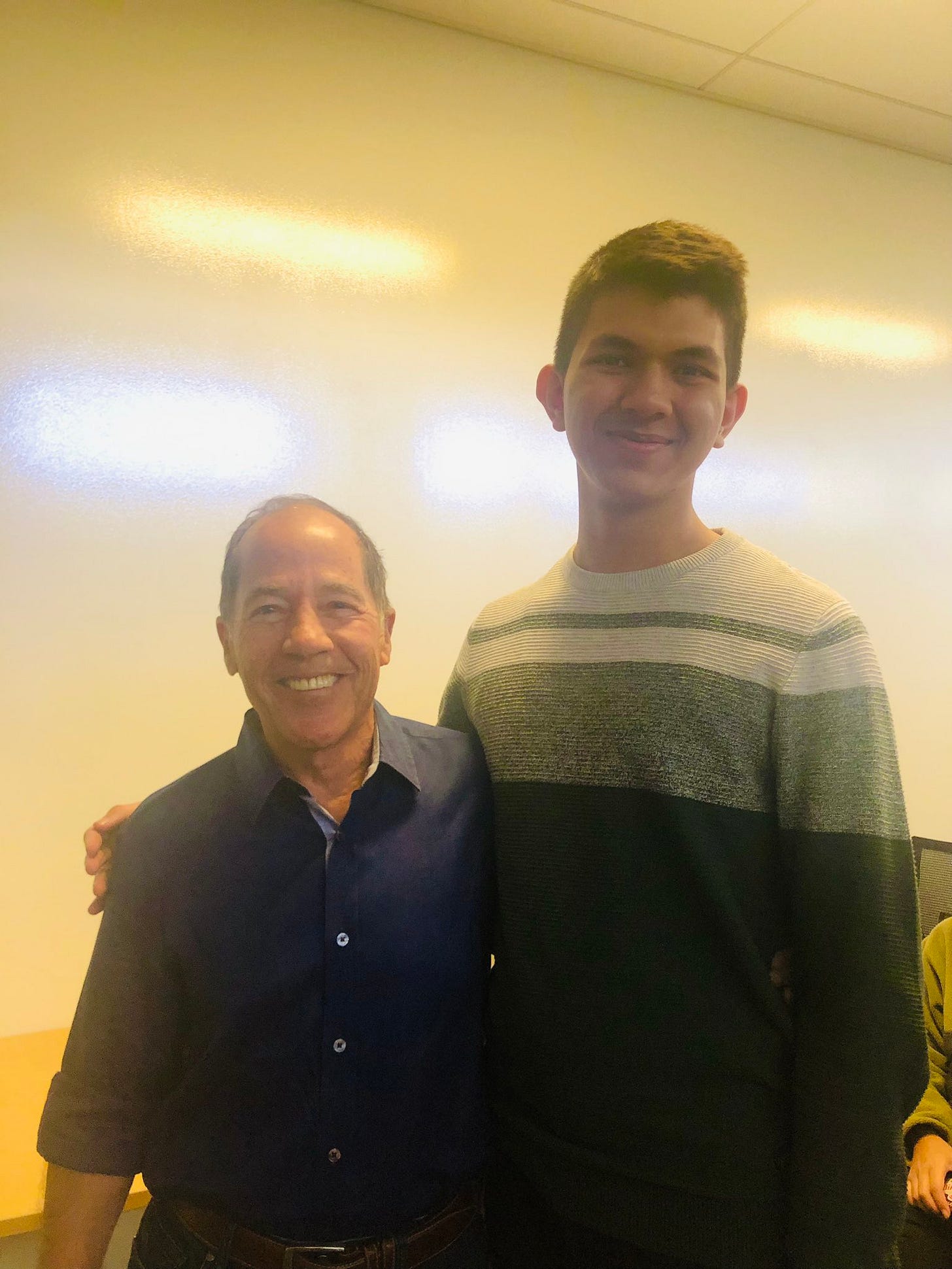
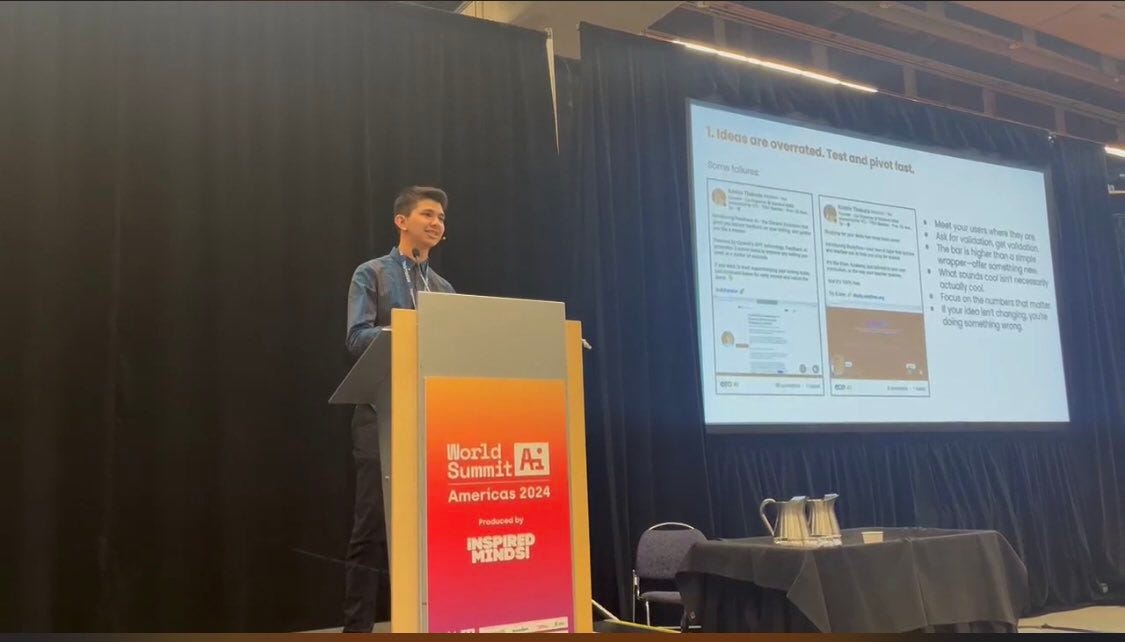





Super inspiring, Krishiv! Keep shining!